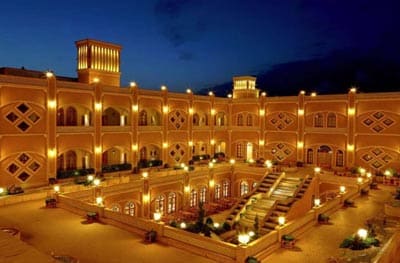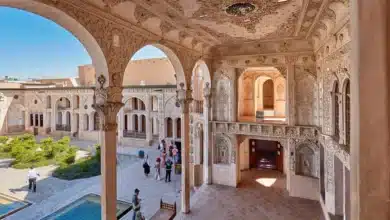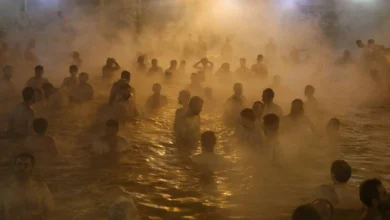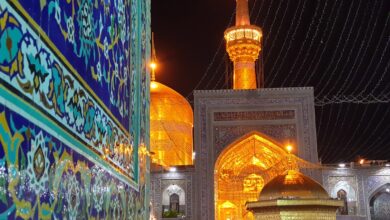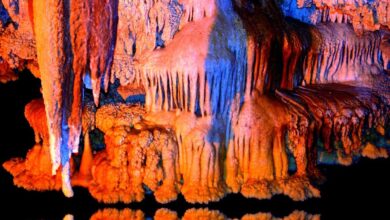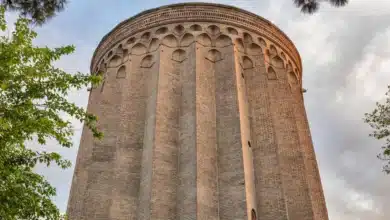Dive into History at Yazd Water Museum
The History of Yazd's Water Supply System in a Museum

Yazd is known as the city of wind catchers and the second-living historical city in the world. With its rich and fruitful history, ancient culture, and unique and extraordinary desert nature, this city hosts thousands of tourists from all over Iran and the world every year to visit its attractions. The city of Yazd is full of historical and ancient attractions, each magnificent and impressive. Now, let’s turn our attention to the Yazd Water Museum.
This significant institution plays a crucial role in preserving Iran’s water history. This museum, renowned in Iran and beyond, offers a comprehensive display of the country’s water history over thousands of years, a testament to the importance of water in shaping Iran’s past and present.
So, if you’re a museum enthusiast who enjoys delving into your country’s rich past, this article is your guide. It introduces you to the captivating Yazd Water Museum. It equips you with all the information you need for a memorable visit.
The Water Museum is the most important in Yazd, shining like a precious treasure in the historical home called Kolahdoozha. With its old and stunning architecture, this historic house is located on Qiyam Street, Yazd, north of Amir Chaghmagh Square. It stands out for those who want to go to the museum and for travelers and tourists of Yazd city.
Contents
The History of Yazd Water Museum
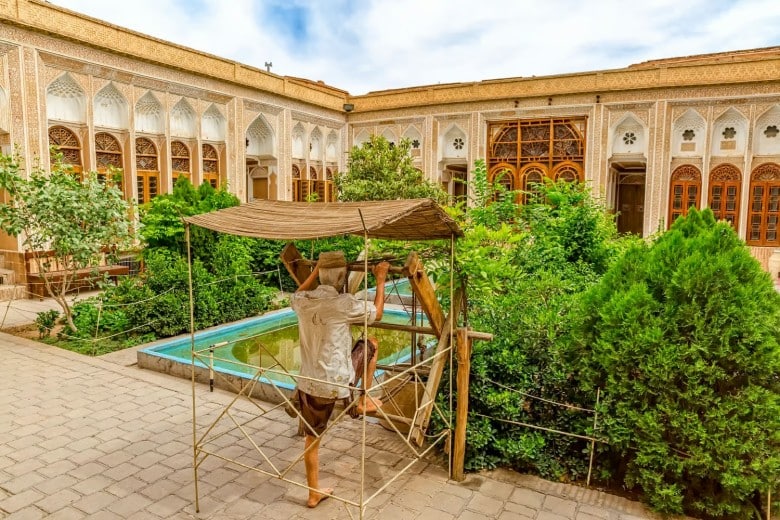
The Yazd Water Historical Museum, with its roots dating back to 1847, has a rich and significant history. It was once the property of Haj Seyyed Ali Akbar Kolahdooz and his family, which connects us to the past.
Later, in 2000, when the first Kariz international conference was held, this historic building underwent a significant transformation. It was turned into a museum, a testament to water’s high value and importance in desert areas. Now, the general public can visit and witness this significant change, increasing their knowledge about this critical matter.
Kolahdoozha House Hosts the Yazd Water Museum
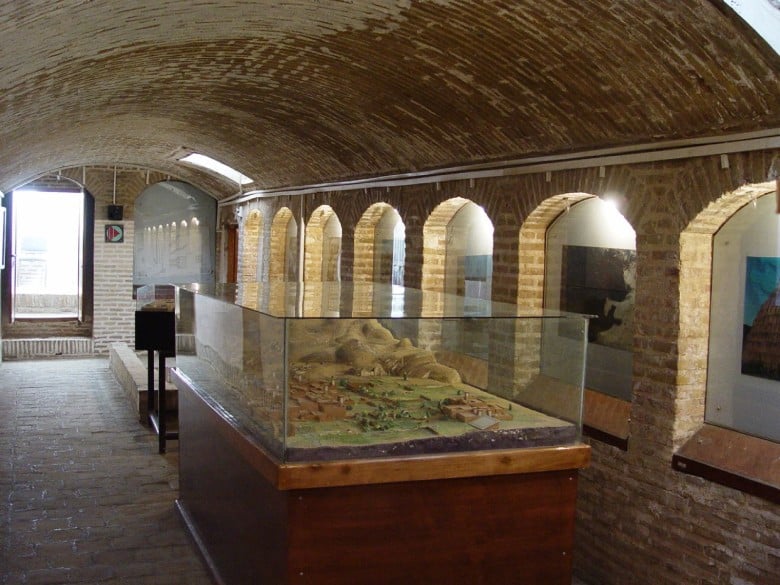
The Yazd Water Museum, housed in the historical Kolahdoozha house, is a living testament to the past. Its unique architecture and strategic location are not just attractions but also windows to the rich history of Yazd. It’s interesting to note that Haj Seyed Ali Akbar Kolahdooz, a prominent merchant of Yazd during the Qajar period, was associated with this house.
Two aqueducts, Zarch and Rahimabad, passed through this five-story house, which may be why the Yazd Water Museum hosts it. These two lines of aqueduct collided inside the house. Kariz Zarch is still active and has water.
Kolahdooz’s house also has a cistern filled with water from these aqueducts. The walls of Kolahdooz’s house have beautiful plasterwork, and the traditional rooms, with their intricate designs and unique architectural features, are stunning and eye-catching.
One of the interesting points in the construction of the Kolahdooz house is that three of its five levels or floors are below the surface. Due to its proximity to the aqueduct, which is 10 meters deep in the ground and away from sunlight, the residents of the house are protected from cooler air, and the foods stay healthy in it.
Different Parts of the Yazd Water Museum
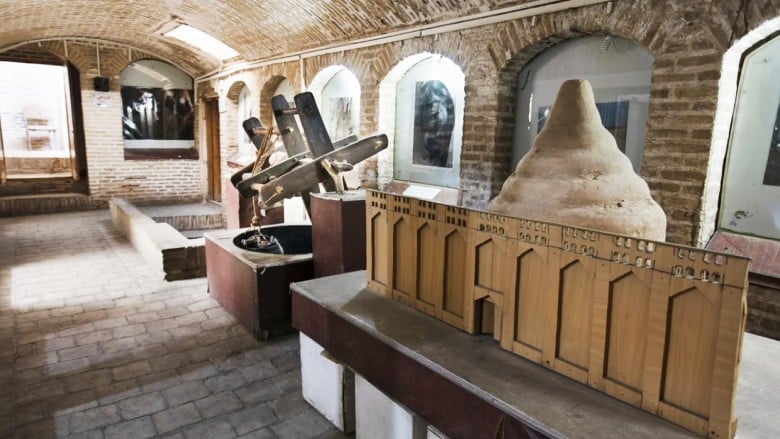
The water museum building has five floors and is a rich history repository. Each floor is adorned with a diverse collection of over 200 historical objects, ranging from the tools used to dig Kariz to the documents of the main aqueducts of Yazd.
The tools in this museum include pickaxes for digging kariz, well wheels, well-digger clothes, all kinds of tools for collecting water from cisterns, clay and glass containers for transporting and storing water, a model of how water circulates in Aqueducts, and documents.
The First Floor: Aqueduct Crossing
If you want to visit all the floors of the Yazd Water Museum in order, you must first go to the deepest floor, which is the first floor in the lowest part of the house.
The Yazd Water Museum is a unique structure with three floors built underground and two above ground, making it an impressive and attractive architectural feat.
The first floor of the Water Museum is intense and can be accessed by several stairs. It has a simple but impressive atmosphere.
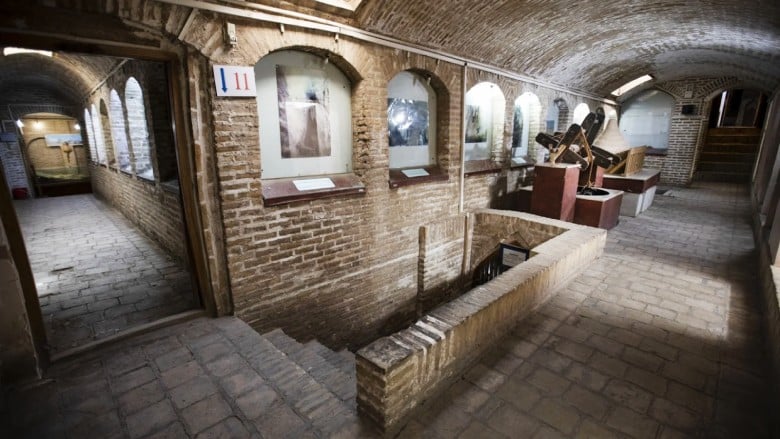
Stepping onto this floor, you’re stepping into history. Here, you can witness the remnants of the two aqueducts of Zarch and Rahimabad, with the 2000-year-old Zarch aqueduct still coursing through the lower floor of the Kolahdoozha house.
Stretching an impressive 75 kilometers, this aqueduct weaves its way through other vital places in Yazd, such as the Jameh Mosque of Yazd, a testament to the engineering prowess of ancient civilizations.
The Second Floor: A Desert Cold Room to Store Food
After visiting the traditional building on the first floor and climbing some stairs, you can go to the house’s second floor, where an octagonal pit is 10 meters from the ground.
In the middle of this floor is a pond with cool and pleasant air due to the constant passage of water from the aqueduct.

The Third Floor: The Central Part of Yazd Water Museum
Moving to the third floor, you reach the basement of the house, passing through many corridors and rooms on this floor. Once, this part of the house was a place for the residents to live in hot and dry summer days.
Today, the water museum stands as a testament to the evolution of the water supply in Yazd. It houses a diverse collection, including various aqueduct digging equipment, water volume measurement tools, aqueduct lighting equipment, water purchase and sale documents, water distribution documents, storage and transportation containers, and many other valuable supplies and objects.
As we enter the document room, we are struck by the significance of water in the desert. In some documents, we learn that women’s dowry was defined as water, a clear indication of water’s value, often equated to gold.
Among some documents, there are documents in which the benefactors also considered the share of water for widows and orphans.
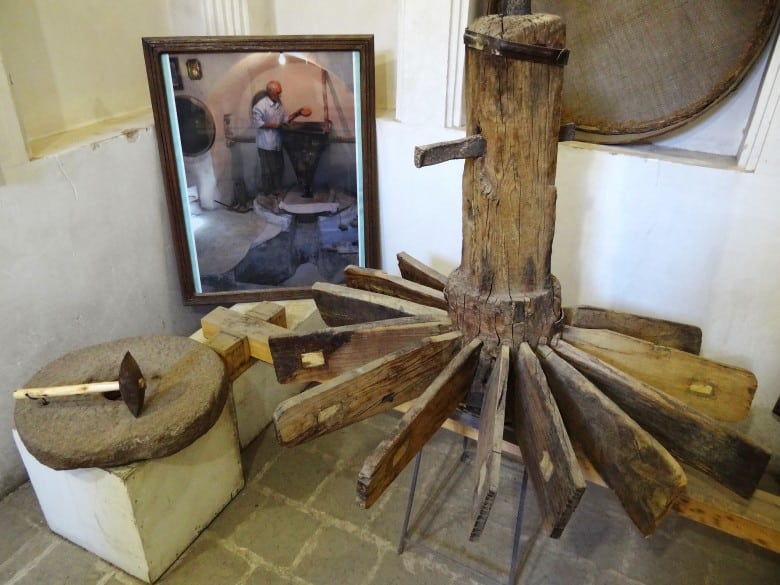
The Fourth Floor: The Residence of the Kolahdoozha Family
When you visit the house’s fourth or ground floor, you enter the same floor in front of you when you enter the museum. You can see the five-door rooms with colored glass, the hall, the sash room, the kitchen, and the living quarters of the house servants one by one.
Book Iran Flights
Buy Iran flight tickets at the lowest price
Explore Iran’s culture and history with affordable and reliable flight tickets.
The Fifth Floor: The Rooftop of Yazd Water Museum
The fifth floor of the house is the same as the roof. Once upon a time, there was a well house with wells called Chehel Gaz in this part of the house. Two people were assigned to pull the water from the Rahimabad aqueduct that passed through this house using a well wheel and to a source and pour it into the yard.
In this way, the house members on the ground floor could supply their water for drinking or hygiene from here and cool the courtyard with the small pond behind the source and its fountains.
Conclusion
The Yazd Water Museum, a unique cultural gem nestled near Amir Chaghmagh Square, stands as a testament to the ingenuity of the people of Yazd. A must-see for any visitor to Yazd and Iran, it offers a fascinating insight into the city’s water management history.
The Yazd Water Museum houses the heritage and historical relics of the people’s centuries-old efforts to manage the city’s limited water resources. Yazd is one of the driest cities in Iran.
The Yazd Water Museum, established in 2000 alongside the Kariz International Conference, is a treasure trove of water supply and management knowledge. Its sections provide a comprehensive and enlightening overview of these crucial aspects, making it an educational and enriching experience for all visitors.
FAQs about Visiting the Yazd Water Museum
Where is Yazd Water Museum?
The Yazd Water Museum is on Qiyam Street, north of Amir Chaghmagh Square.
What are the visiting hours of the Yazd Water Museum?
From 8 to 14:30 and 15:30 to 19, the museum is closed from 14:30 to 15:30.
Which historical period does the Yazd Water Museum building belong to?
Qajar period
